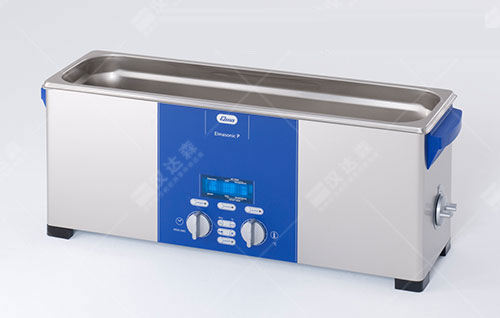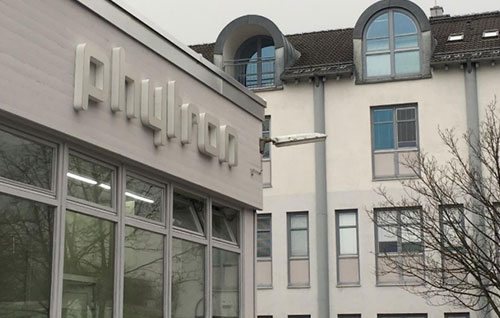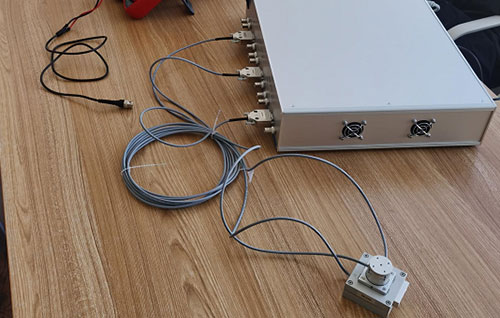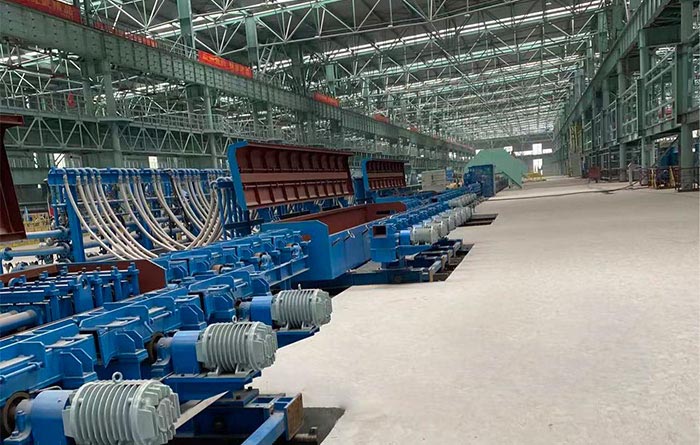I. Project Background
With the continuous advancement of scientific research capabilities in Chinese universities, the demand for precision equipment in research laboratories is increasingly growing. As a comprehensive university known for its engineering focus, Guangdong XX University has consistently increased investment in recent years in fields such as nanotechnology, precision manufacturing, and materials science. To further enhance its scientific research and experimental capabilities, a specific research team at the university planned to procure a 3D nano-displacement positioning system for research experiments including material characterization, micromanipulation, and high-precision sample scanning.
The core of the 3D nano-displacement positioning system is the high-precision displacement stage. It requires nanometer-level resolution, repeatable positioning accuracy, and stable dynamic response performance. This type of equipment is typically used in scientific research and industrial fields such as semiconductor inspection, nanofabrication, optical alignment, and biomedical imaging; therefore, there are extremely high requirements for product performance, reliability, and supply stability.
During the preliminary research phase, the research team at Guangdong XX University initially identified a specific model of a 3D nano-displacement stage from a well-known international brand. This product enjoys high recognition in the international market, and its parameter specifications fully meet the experimental requirements. However, during the procurement process, the university discovered that this model had issues such as high cost and long delivery lead times, significantly impacting both the experimental progress and the rational utilization of research funds.
Consequently, the university's research team commissioned us to conduct further analysis to help them find a better solution.

II. Problems with the Original Plan
In the procurement process for scientific research equipment, well-known international brands often possess advantages such as high technological maturity, abundant application cases, and strong academic recognition. The imported brand nano-displacement stage selected by the research team at Guangdong XX University indeed offered the following benefits:
Advanced Performance Indicators: The 3D travel range met sample scanning requirements, the resolution reached the nanometer level, and the repeatable accuracy was better than 0.1祄.
Strong Technical Reliability: This brand is widely used in international research institutions and has a good reputation.
Comprehensive Supporting Documentation: Provided complete driver software, control interfaces, and technical documentation, facilitating ease of use for researchers.
However, the actual procurement process revealed two prominent problems:
High Cost: The unit price of this model significantly exceeded the research team's original budget.
Prolonged Delivery Lead Time: As this model is manufactured in a European factory and requires production scheduling, the supply lead time was long. For research projects with tight experimental schedules, an excessively long waiting period would inevitably affect paper publications and research output.
Thus, although this model had no issues in terms of performance, its high cost and extended delivery time became the main obstacles to procurement.
III. Analysis and Solution Approach
After understanding the client's requirements and the problems with the original plan, we conducted a systematic analysis, primarily focusing on the following aspects:
1. Parameter Requirement Analysis
Travel Range: The movement range in each of the three XYZ directions.
Resolution: Whether sub-1nm resolution is necessary.
Repeatable Positioning Accuracy: The degree of its impact on experimental results.
Load Capacity: Whether it needs to support a microscope or probe system.
Control Method: Whether open interfaces are required to facilitate secondary development.
By prioritizing the requirements, we identified which were "must-haves" and which could be "moderately relaxed."
Market Brand Expansion
Beyond the initially considered well-known international brand, we further expanded the search scope to include high-end displacement stage manufacturers from countries such as Germany, France, Japan, and Switzerland.
During the comparison process, we discovered that some brands, although less renowned domestically than top-tier brands, had products with equally excellent performance parameters that had already been validated in certain research or industrial applications.
2. Channel Resource Integration
By communicating with multiple equipment manufacturers, we gathered information on the pricing and lead times of different brands.
3. Cost-Effectiveness Evaluation
On the premise that performance met the experimental needs, we comprehensively considered procurement cost and delivery cycle to ensure the research team could complete the experimental setup within the limited budget and timeframe.

IV. Proposal of the New Solution
After multiple rounds of screening and comparison, we ultimately recommended the French PIEZOCONCEPT brand 3D nano-displacement platform to Guangdong XX University. The parameters are as follows:
(2X) Nano Positioning System HS1.10 (Aluminum)
Travel Range: 10 µm
Resolution: 0.01 nm
Resonant Frequency X: 7000 Hz
Recommended Maximum Load: 1 kg
(1X) Nano Positioning System Z-STAGE.10 (Aluminum)
Travel Range: 10 µm
Resolution: 0.01 nm
Resonant Frequency Z: 5200 Hz
Recommended Maximum Load: 0.1 kg
(1X) Adapter Plate
Includes a Three-Axis Analog Controller
Compared to the original plan, this product offered the following advantages:
High Degree of Performance Match:
The travel range is comparable to the original model, meeting experimental requirements in all three XYZ dimensions.
The resolution also reaches the 1nm level, fully satisfying the precision requirements of the research.
The repeatable positioning accuracy, while slightly lower than the original model, still remains at an internationally advanced level and does not affect the experimental results.
Significantly Reduced Price:
The price was approximately 40% lower than the original model, greatly alleviating the budget pressure on the research team.
The saved funds could be used to purchase other experimental instruments or consumables, enhancing the overall project configuration.
Greatly Shortened Delivery Lead Time:
Compared to the lead time of the original solution, valuable time was saved, enabling the research project to proceed according to schedule.
Comprehensive Support:
This brand also provides a complete software control platform and supports open interfaces, facilitating secondary development by researchers based on experimental needs.
V. Implementation Results
Following the solution we provided, the research team at Guangdong XX University ultimately selected this alternative model. The implementation results are evident in the following aspects:
Research Schedule Safeguarded:
The new displacement stage was delivered on time, allowing the research team to complete the experimental platform setup by the scheduled date.
Experiments proceeded smoothly, gaining time for subsequent paper submissions and research achievement applications.
Rationalized Budget Utilization:
The saved procurement funds were used to purchase supporting microscopic imaging systems and high-performance computing equipment, leading to an overall upgrade of the laboratory configuration.
Research Output Generation:
Using the new displacement stage, the research team successfully completed experiments on the micro-mechanical properties testing of materials.

VI. Conclusion
The procurement case of the 3D nano-displacement positioning system for Guangdong XX University fully demonstrates the importance of precise demand analysis, expanding brand channels, and comprehensive solution evaluation. Through our optimization suggestions, the client not only resolved the issues of price and delivery time but also successfully facilitated the output of research achievements. This case also provides a valuable reference for other universities and research institutions when procuring precision scientific research equipment in the future.
In future scientific equipment procurement, we will continue to uphold the principles of "professional analysis, precise matching, and value optimization" to help our clients maximize their research benefits.




